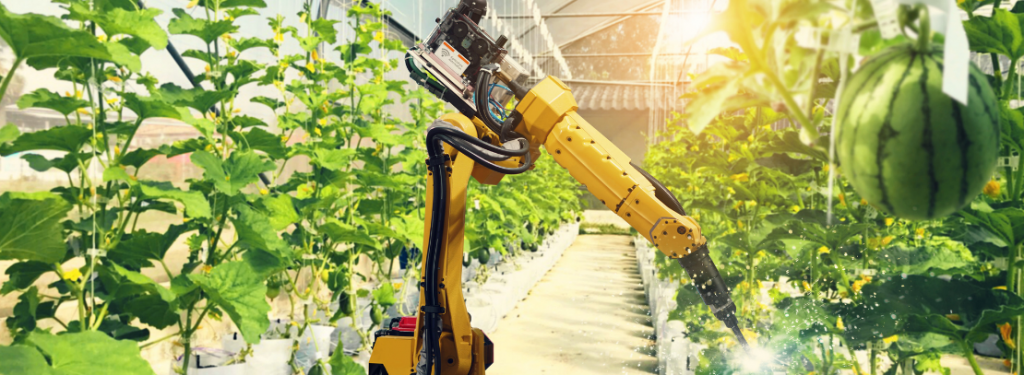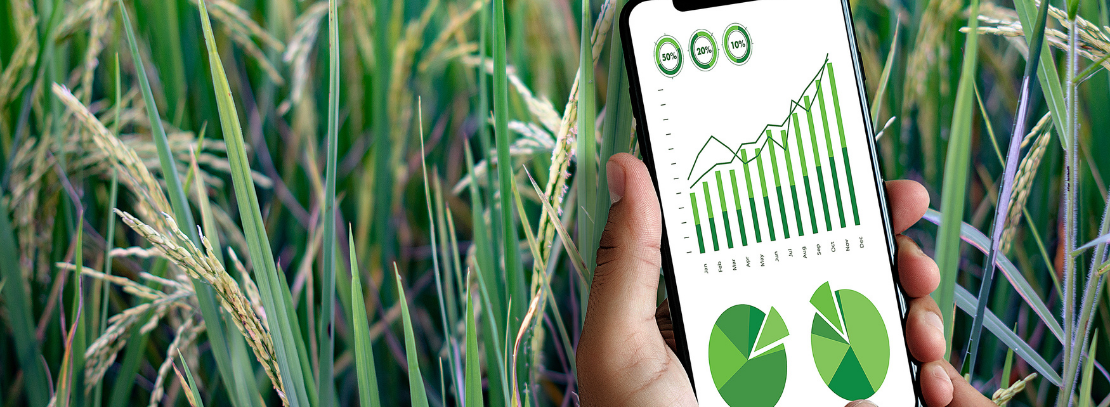
The Agri-food Sector
We identify the best tools to finance your investments
Are you looking for a Partner for your eco-sustainable development in a 4.0 perspective?
- the objectively good quality of the products;
- transparency in labeling and production processes;
- solid collaboration between industry and agricultural production;
- the narrative in global markets of food excellences, enhancing their excellent reputation in terms of quality, safety, tradition, and sustainability.
DOP, acronym for Denominazione d’Origine Protetta (Protected Designation of Origin, PDO). In this case, the qualities and characteristics of the food are exclusively due to the specific and well-defined area of production. For example: Aceto Balsamico di Modena, Parmigiano Reggiano;
IGP, acronym for Indicazione Geografica Protetta (Protected Geographical Indication, PGI). In this case, the food has at least one characteristic linked to a delimited territory, but some stages of production may take place in other areas; however, certain production specifications are still respected. For example: Mortadella di Bologna or Abbacchio Romano;
STG, acronym for Specialità Tradizionale Garantita (Traditional Specialities Guaranteed, TSG). In this case, the food is not related to any specific production area but has characteristics that clearly distinguish it from similar products. For example: Amatriciana, Mozzarella, Pizza Napoletana.
What We Can Offer You We help you identify the specific needs of the agri-food sector
Internationalisation
Market Analysis
Blockchain and DLT
Let's Face Your Challenges Together
Quality
Traceability
Sustainability
Safety
We implement processes with high technological content to continuously improve the organoleptic and qualitative characteristics of products introduced to the market
